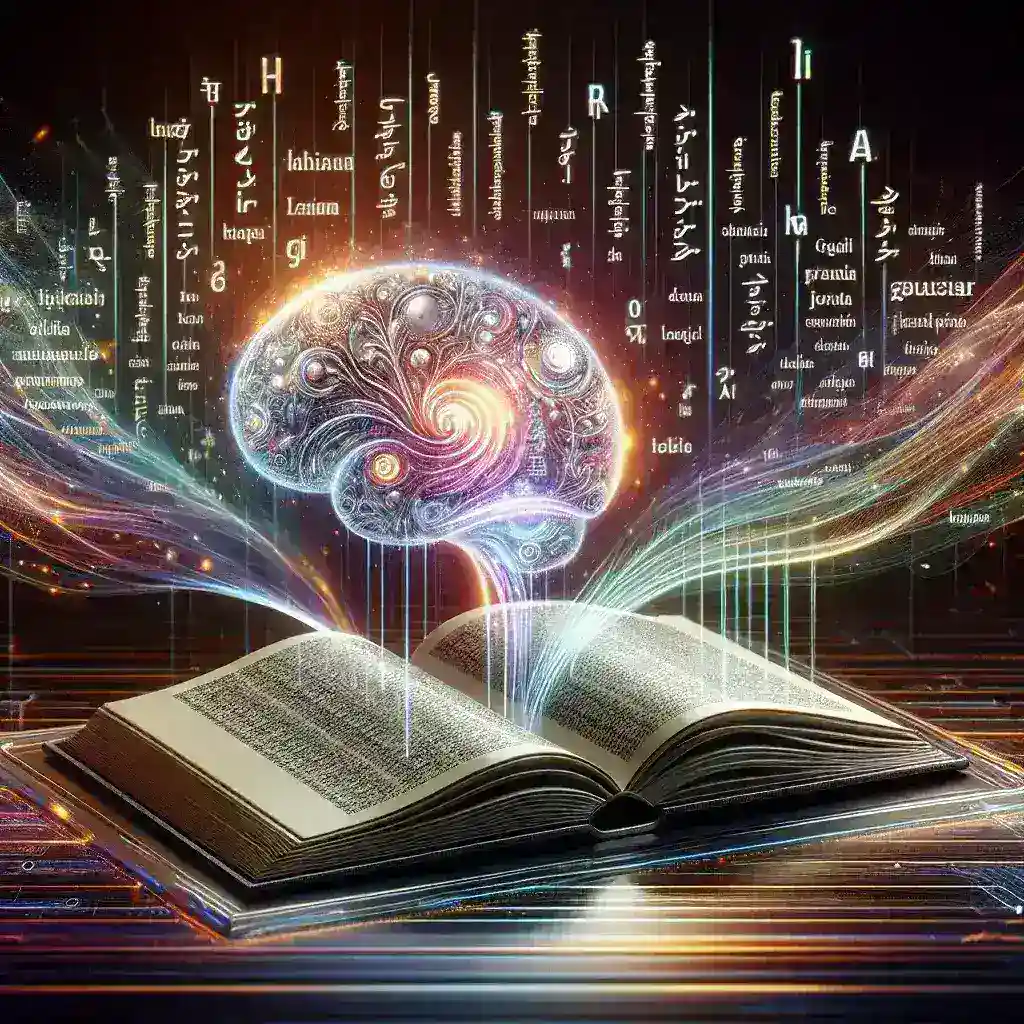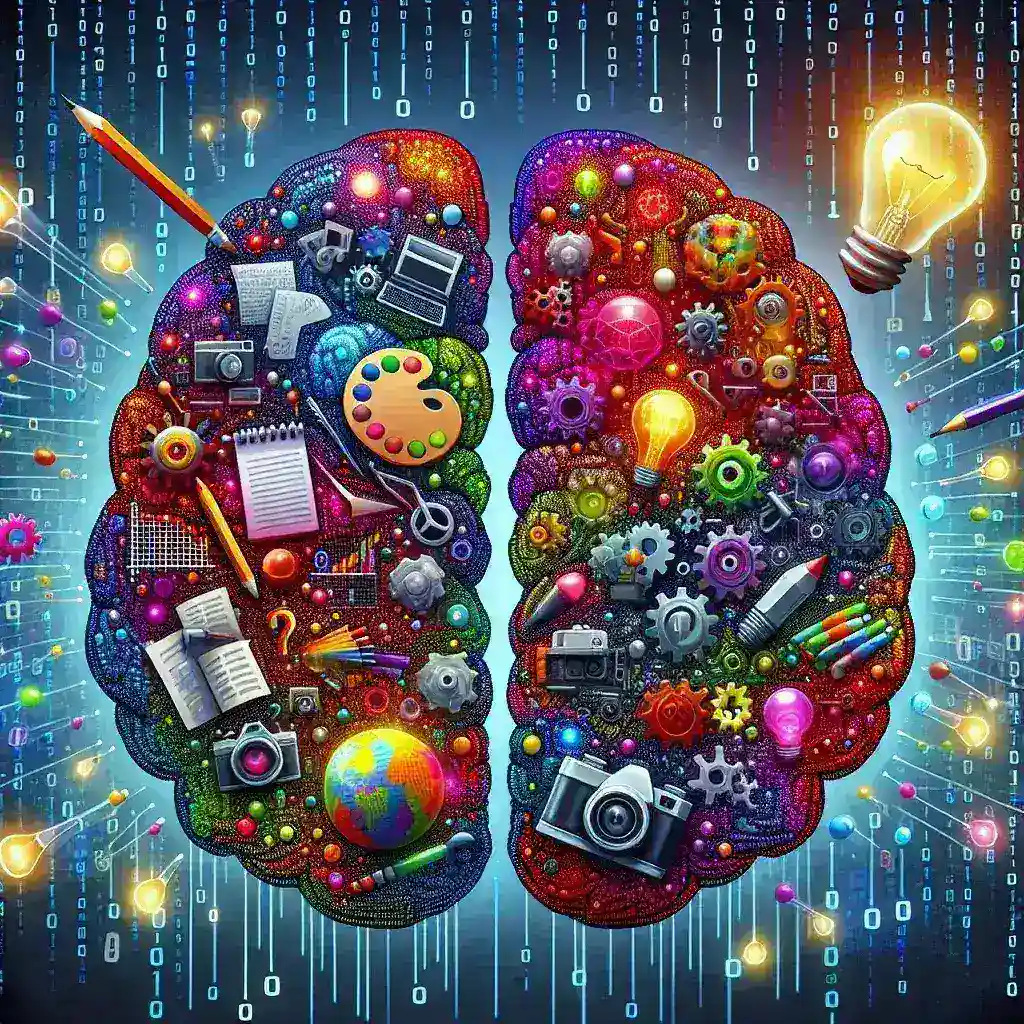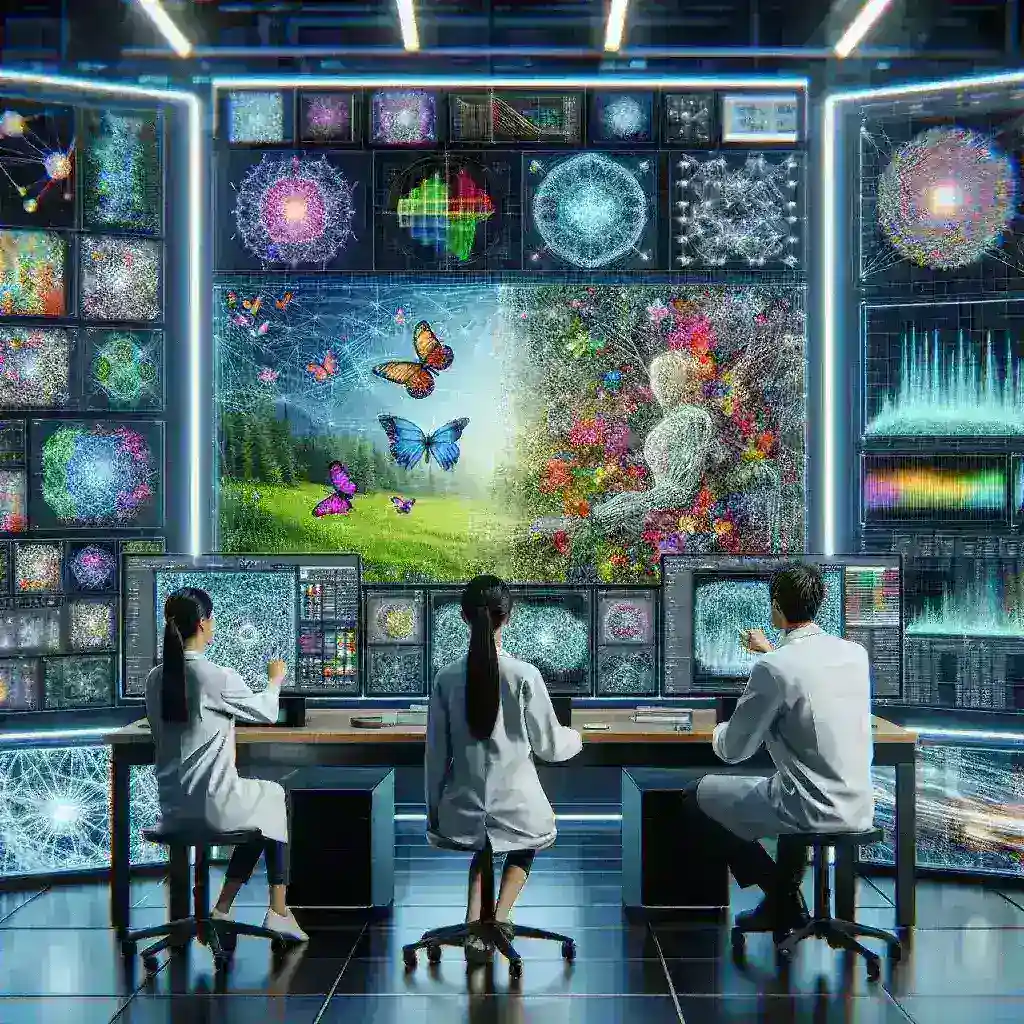Understanding the Foundation of Creative Innovation
In today’s rapidly evolving business landscape, creativity and innovation have become the cornerstone of success. Organizations worldwide are seeking effective methods to enhance their creative capabilities, recognizing that innovative thinking drives competitive advantage and sustainable growth. The modern professional faces an unprecedented array of tools designed to unlock creative potential and foster innovative solutions.
The relationship between creativity and innovation extends beyond simple artistic expression. While creativity involves generating novel ideas and approaches, innovation transforms these concepts into practical, value-creating solutions. This distinction is crucial when selecting the appropriate tools and methodologies to enhance both processes.
Digital Platforms Revolutionizing Creative Thinking
The digital revolution has introduced sophisticated platforms that fundamentally change how we approach creative challenges. Mind mapping software such as MindMeister and XMind provides visual frameworks for organizing thoughts and exploring connections between disparate concepts. These tools enable users to create dynamic, interactive maps that evolve as ideas develop, facilitating both individual brainstorming and collaborative thinking sessions.
Design thinking platforms like Miro and Figma offer comprehensive digital whiteboards where teams can collaborate in real-time, regardless of geographical boundaries. These platforms incorporate templates for various creative methodologies, including customer journey mapping, user persona development, and prototype creation. The ability to integrate multimedia elements, sticky notes, and drawing tools creates an immersive creative environment that mirrors traditional workshop settings while offering enhanced functionality.
Artificial intelligence-powered tools are increasingly becoming valuable assets in the creative process. Platforms such as ChatGPT, Claude, and specialized AI writing assistants can serve as creative partners, offering alternative perspectives, generating initial concepts, and helping overcome creative blocks. However, the key lies in using these tools as supplements to human creativity rather than replacements.
Project Management Tools with Creative Focus
Modern project management platforms have evolved to accommodate creative workflows. Notion combines note-taking, database management, and project tracking in a flexible format that adapts to various creative processes. Its template system allows teams to create customized workflows for different types of creative projects, from content creation to product development.
Trello and Asana provide visual project management capabilities that help creative teams maintain momentum while ensuring accountability. The kanban board approach particularly suits creative workflows, allowing for the organic progression of ideas through various stages of development.
Traditional Methods That Remain Powerfully Effective
Despite technological advances, traditional creative tools continue to play vital roles in innovation processes. Physical brainstorming sessions using whiteboards, sticky notes, and markers often generate more spontaneous and authentic creative exchanges than their digital counterparts. The tactile nature of physical materials can stimulate different cognitive pathways, leading to unexpected connections and insights.
The SCAMPER technique (Substitute, Combine, Adapt, Modify, Put to another use, Eliminate, Reverse) provides a structured approach to creative problem-solving that works equally well in physical and digital environments. This methodology encourages systematic exploration of possibilities by applying specific thinking patterns to existing concepts or challenges.
Design thinking workshops remain one of the most effective tools for fostering innovation within organizations. These structured sessions guide participants through empathy mapping, problem definition, ideation, prototyping, and testing phases. The human-centered approach ensures that creative solutions address real needs and challenges.
The Power of Analog Tools
Research consistently demonstrates that handwriting activates different brain regions compared to typing, often leading to enhanced memory retention and creative thinking. Maintaining a physical notebook for capturing ideas, sketching concepts, and reflecting on creative processes can significantly enhance innovative thinking capabilities.
Sketching and visual thinking tools, including basic drawing materials and sketchbooks, enable rapid prototyping of concepts before digital refinement. This approach allows for quick iteration and modification without the constraints of software interfaces or technical limitations.
Collaborative Innovation Frameworks
Innovation rarely occurs in isolation. Collaborative tools and frameworks create environments where diverse perspectives can merge to generate breakthrough solutions. Slack and Microsoft Teams facilitate ongoing creative conversations, allowing team members to share inspiration, provide feedback, and build upon each other’s ideas in real-time.
Online collaboration platforms such as Zoom and Google Meet have evolved beyond simple video conferencing to include features specifically designed for creative collaboration. Breakout rooms, screen sharing capabilities, and integrated whiteboard functions enable effective remote brainstorming sessions.
The concept of innovation labs or dedicated creative spaces within organizations provides physical environments optimized for creative thinking. These spaces typically feature flexible furniture arrangements, abundant wall space for displaying ideas, and access to various materials and tools that support different creative approaches.
Cross-Functional Team Dynamics
Diversity in team composition significantly impacts creative output. Bringing together individuals from different departments, backgrounds, and expertise areas creates fertile ground for innovative solutions. Tools that facilitate cross-functional collaboration, such as shared documentation platforms and project management systems, ensure that diverse perspectives are captured and integrated effectively.
Measuring and Enhancing Creative Output
Effective use of creativity tools requires systematic measurement and refinement. Analytics platforms can track engagement levels, idea generation rates, and implementation success rates, providing insights into which tools and methods produce the best results for specific teams or projects.
Innovation metrics might include the number of ideas generated per session, the quality of solutions developed, time-to-implementation for new concepts, and the ultimate impact of innovative solutions on business objectives. Regular assessment ensures that creative tools continue to serve their intended purposes and identify opportunities for improvement.
Feedback collection tools, including surveys and retrospective session platforms, help teams understand which creative methods resonate most effectively with participants and produce the most valuable outcomes.
Emerging Technologies and Future Trends
Virtual and augmented reality technologies are beginning to transform creative collaboration by creating immersive environments where teams can interact with ideas in three-dimensional space. These technologies particularly benefit fields such as product design, architecture, and spatial planning, where physical relationships between elements are crucial.
Blockchain technology is enabling new forms of creative collaboration and intellectual property management, allowing creators to maintain ownership while participating in collaborative innovation processes. Smart contracts can automatically manage attribution and compensation for collaborative creative work.
Machine learning algorithms are becoming increasingly sophisticated at pattern recognition and trend analysis, helping creative teams identify emerging opportunities and understand market dynamics that influence innovative solution development.
Integration and Workflow Optimization
The most effective creative environments integrate multiple tools into seamless workflows that support the natural progression of ideas from conception to implementation. This integration requires careful consideration of how different tools complement each other and where potential friction points might occur.
Automation tools can handle routine aspects of creative processes, freeing human creativity to focus on higher-value activities. For example, automated file organization, template creation, and basic formatting tasks allow creative professionals to dedicate more time to actual creative thinking and problem-solving.
Implementation Strategies for Maximum Impact
Successfully implementing creativity and innovation tools requires strategic planning and gradual adoption. Organizations should begin by assessing their current creative processes, identifying specific challenges or bottlenecks, and selecting tools that directly address these issues.
Training and onboarding programs ensure that team members can effectively utilize new tools and understand how they fit into broader creative workflows. Regular training sessions and knowledge sharing opportunities help maintain proficiency and discover new applications for existing tools.
Cultural change often accompanies the introduction of new creative tools. Organizations must foster environments that encourage experimentation, accept failure as part of the learning process, and celebrate innovative thinking regardless of immediate practical outcomes.
Customization and Personalization
Different individuals and teams respond to various creative tools differently. Providing options and allowing for customization ensures that tools serve the specific needs and preferences of their users. This might involve offering multiple software options for similar functions or creating flexible workflows that accommodate different working styles.
Regular evaluation and adjustment of tool selections ensure that creative capabilities continue to evolve alongside changing business needs and technological developments. What works effectively today may require modification or replacement as circumstances change.
Conclusion: Building a Comprehensive Creative Toolkit
The landscape of creativity and innovation tools continues to expand and evolve, offering unprecedented opportunities for individuals and organizations to enhance their creative capabilities. Success lies not in adopting every available tool, but in thoughtfully selecting and integrating solutions that align with specific needs, working styles, and objectives.
The most effective approach combines digital platforms with traditional methods, leverages both individual and collaborative tools, and maintains focus on measurable outcomes. By understanding the strengths and applications of different creative tools, professionals can build comprehensive toolkits that consistently generate innovative solutions and drive meaningful progress.
As technology continues to advance and new creative challenges emerge, the tools and methods for boosting creativity and innovation will undoubtedly continue to evolve. Staying informed about emerging trends while maintaining proficiency with proven methods ensures sustained creative excellence in an increasingly competitive and dynamic business environment.



